Accordingly, the Minister of Culture, Sports and Tourism decided to include in the List of National Intangible Cultural Heritage the social customs and beliefs of Tet nga ra (sani) and the folk performing art of ca dao dance of the Co people, Tra Bong district, Quang Ngai province.
The Chairman of the People's Committee at all levels where intangible cultural heritage exists, within the scope of his/her duties and powers, shall perform state management in accordance with the provisions of law on cultural heritage.
The straw-falling festival (sa ni) of the Co people in Tra Bong district, Quang Ngai province is held at the end of October and the beginning of November of the lunar calendar every year. The Co people call it “Straw-falling festival” because after the rice harvest, the straw in the field falls down, which means eating the end or the rice-rising ceremony.
The Co people's rice straw-laying ceremony. Photo: NGUYEN TRANG
The Rice Straw Festival concludes the rice season, gives thanks to the gods, and is an occasion for everyone in the village to meet and have fun after months of hard work.
The Rice Straw Festival also shows the solidarity of the Co people, despite difficult life, they always preserve and promote the unique cultural beauty of their people.
The Co women's ca dao dance always has the sound of gongs and drums. Photo: NGUYEN TRANG
The folk performing art of Ca Dao dance has been passed down through many generations and is a traditional cultural feature of the Co people. In Ca Dao dance, Co women wear traditional costumes with bright colors and beads on their foreheads, shoulders, and hips. The women dance on a gong and drum background, moving in a circle. Following the gong beat, the woman's arms are raised and her whole body gently leans to the left to the sound of the gong, then leans to the right to the sound of the gong.
The beauty of the Ca Dao dance is when the Co women's arms are spread out and turned up to the sky, their feet clinging tightly to the ground as if praying to receive good things from nature and the mountains and forests.
According to Cao Van Chu's cultural research, Ca Dao dance has two lines: Ca Dao Trook Dtak means Ca Dao on water or Ca Dao in lowland; Ca Dao Trook Gook means Ca Dao in highland. Ca Dao on water is slow, Ca Dao in highland is more fast-paced. Ca Dao dances all depend on the rhythm of drums and gongs.
NGUYEN TRANG
Source: https://www.sggp.org.vn/tet-nga-ra-va-mua-ca-dao-cua-nguoi-co-quang-ngai-duoc-cong-nhan-di-san-van-hoa-phi-vat-the-quoc-gia-post797940.html


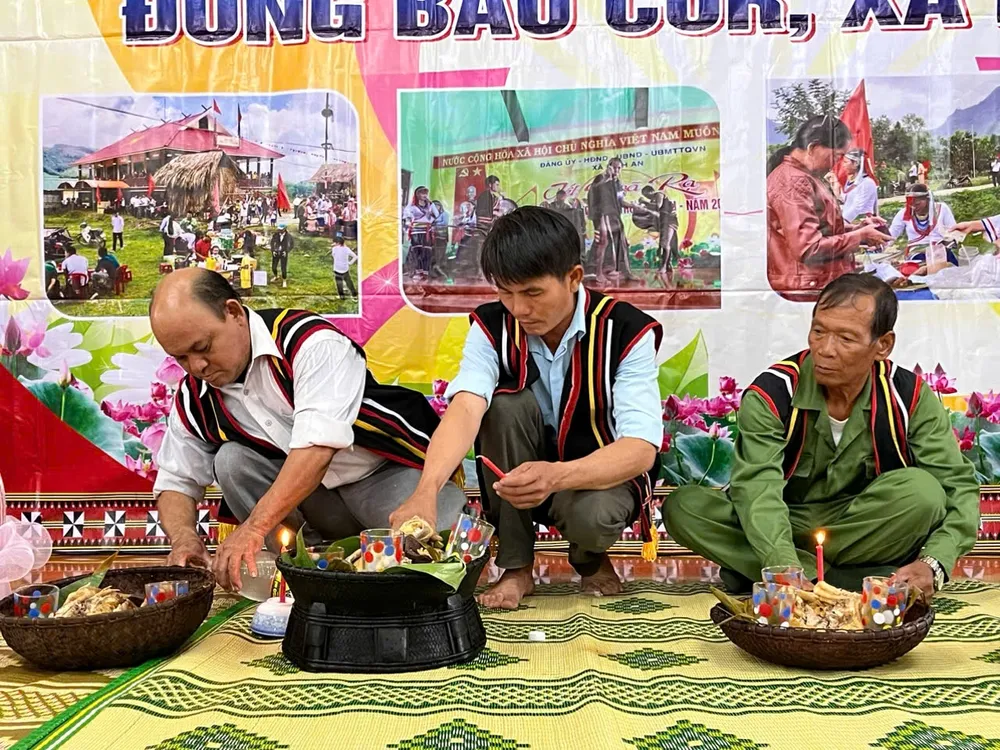
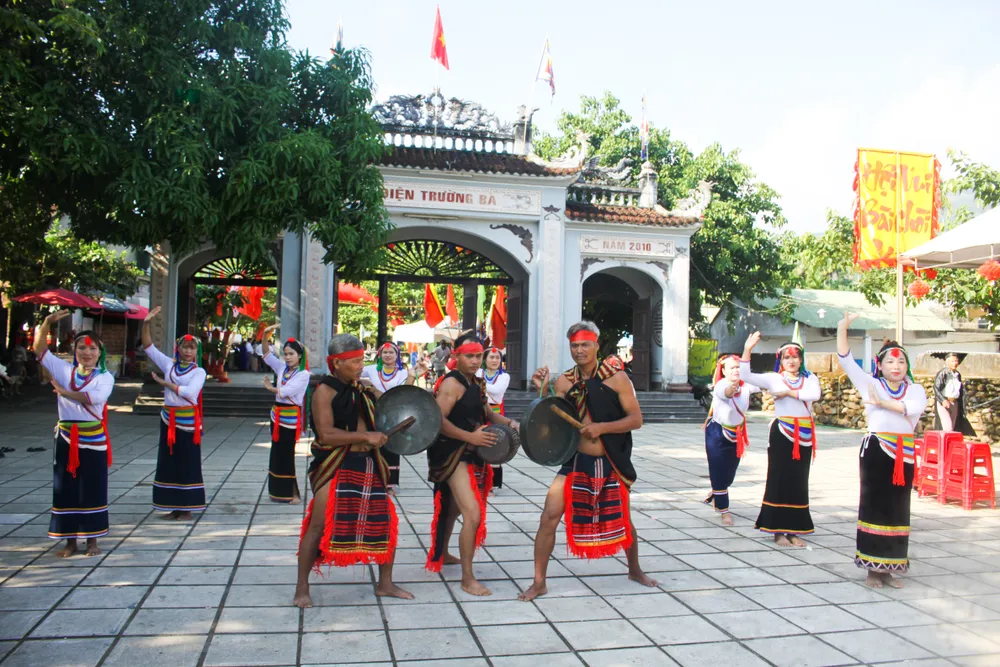
![[Photo] Solemn opening of the 8th Congress of the Central Public Security Party Committee, term 2025-2030](https://vphoto.vietnam.vn/thumb/1200x675/vietnam/resource/IMAGE/2025/10/4/f3b00fb779f44979809441a4dac5c7df)
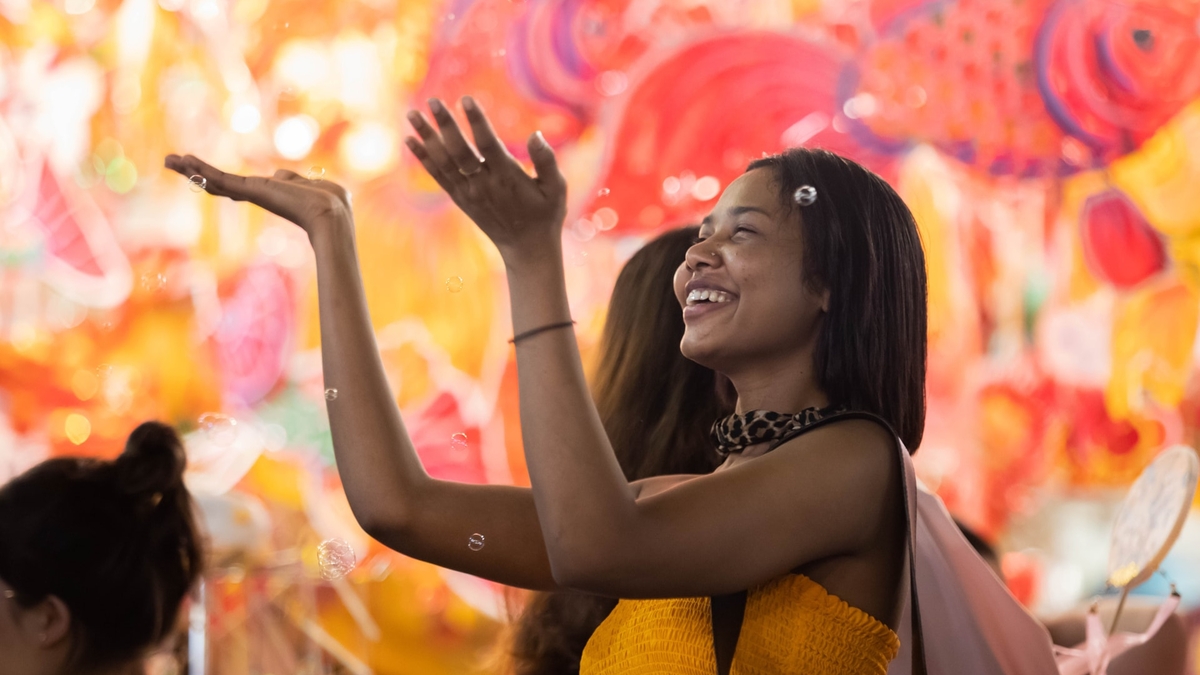

![[Photo] General Secretary To Lam attends the 8th Congress of the Central Public Security Party Committee](https://vphoto.vietnam.vn/thumb/1200x675/vietnam/resource/IMAGE/2025/10/4/79fadf490f674dc483794f2d955f6045)
![[Photo] Bustling Mid-Autumn Festival at the Museum of Ethnology](https://vphoto.vietnam.vn/thumb/1200x675/vietnam/resource/IMAGE/2025/10/4/da8d5927734d4ca58e3eced14bc435a3)

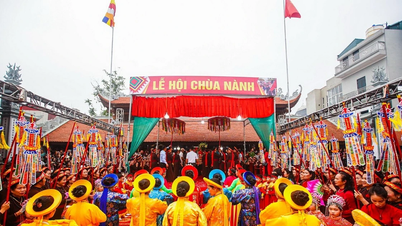

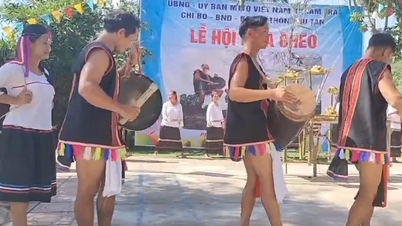

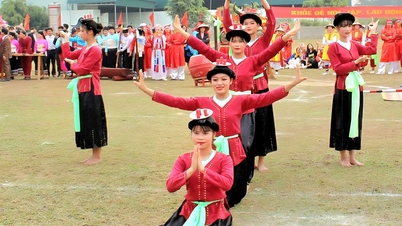

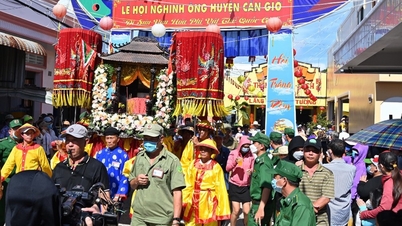


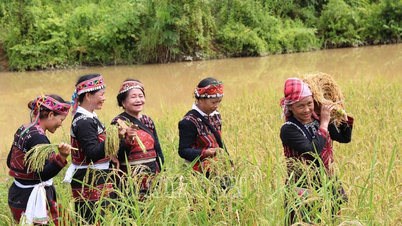

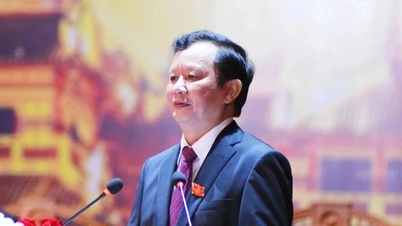

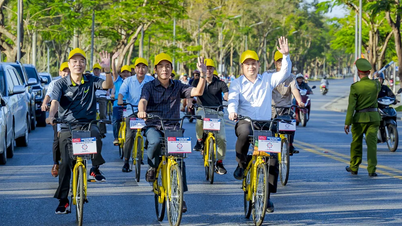

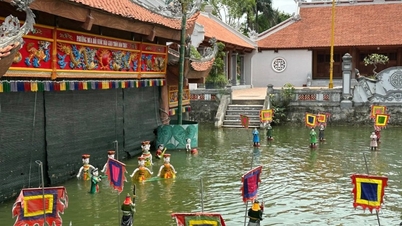

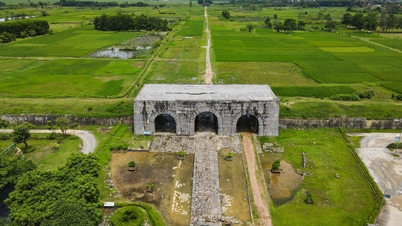

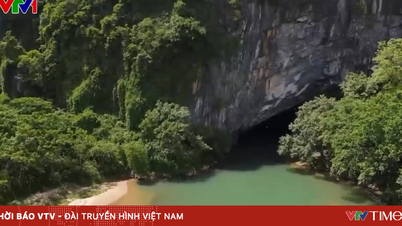

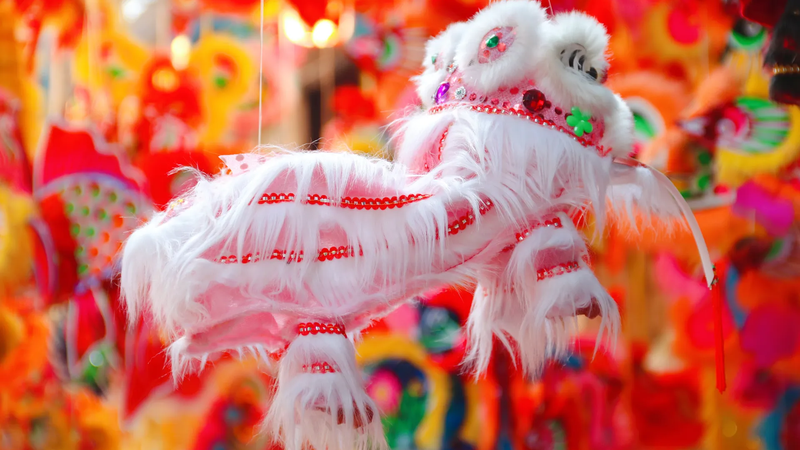


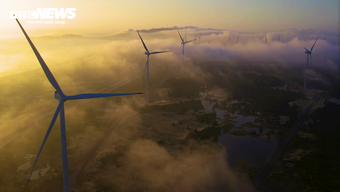
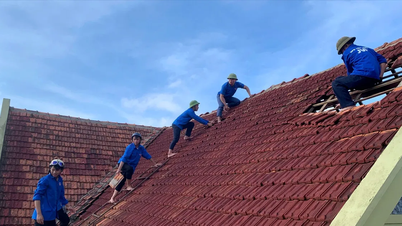

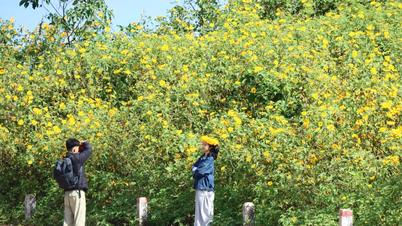
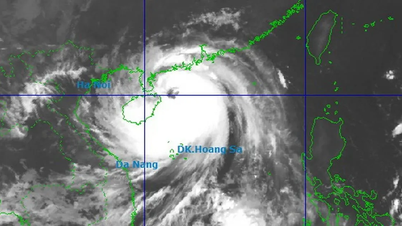
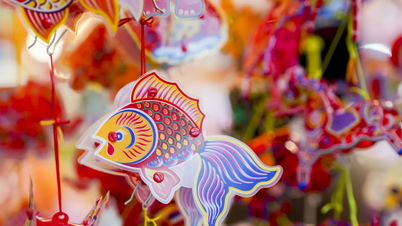
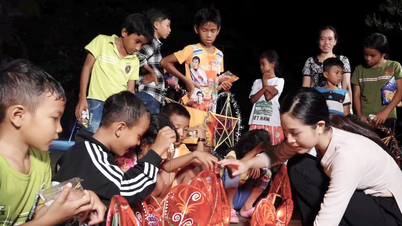

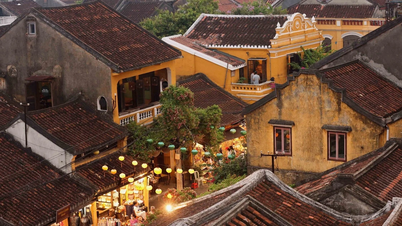






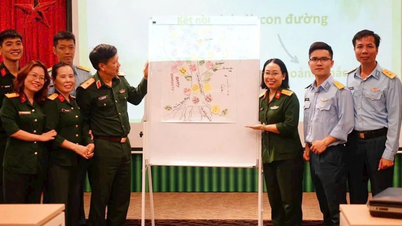





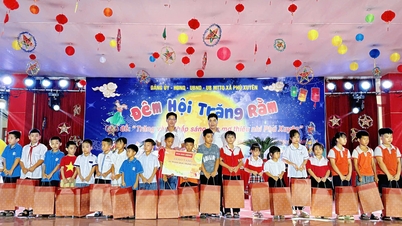
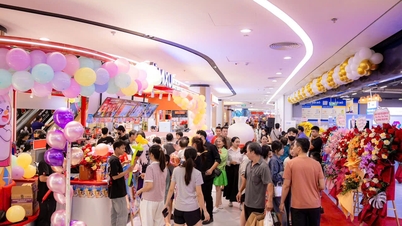
![[VIDEO] Summary of Petrovietnam's 50th Anniversary Ceremony](https://vphoto.vietnam.vn/thumb/402x226/vietnam/resource/IMAGE/2025/10/4/abe133bdb8114793a16d4fe3e5bd0f12)
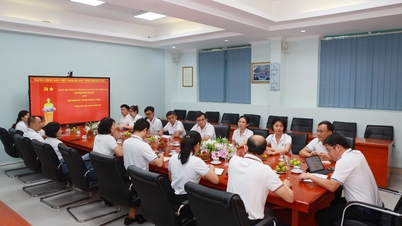
![[VIDEO] GENERAL SECRETARY TO LAM AWARDS PETROVIETNAM 8 GOLDEN WORDS: "PIONEER - EXCELLENT - SUSTAINABLE - GLOBAL"](https://vphoto.vietnam.vn/thumb/402x226/vietnam/resource/IMAGE/2025/7/23/c2fdb48863e846cfa9fb8e6ea9cf44e7)
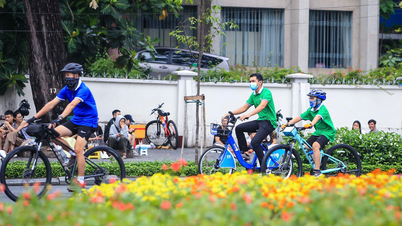


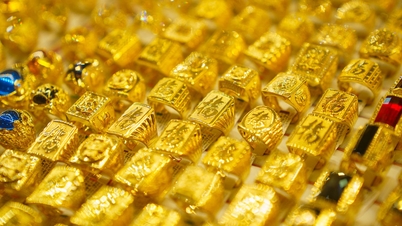
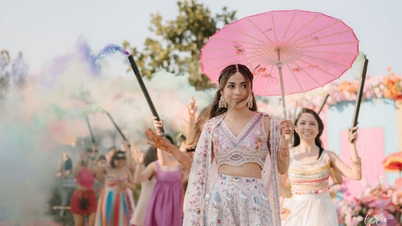

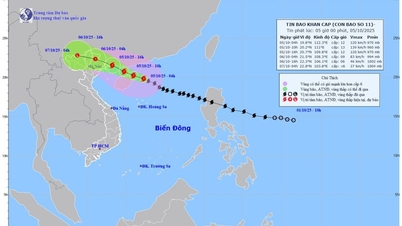
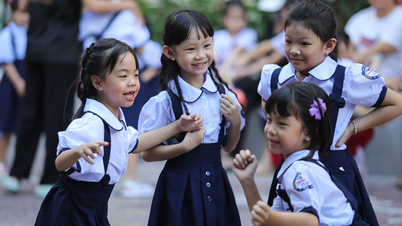



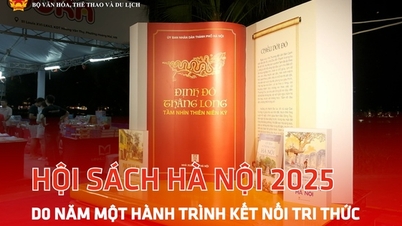
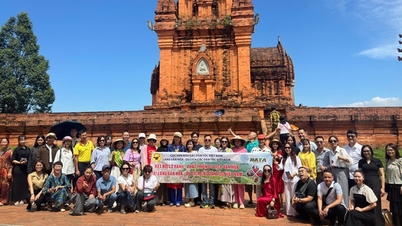
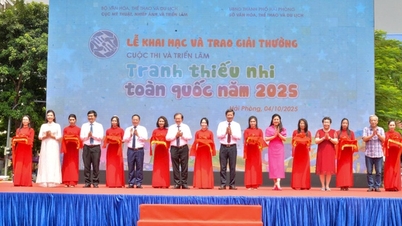
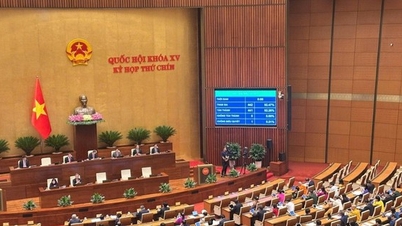




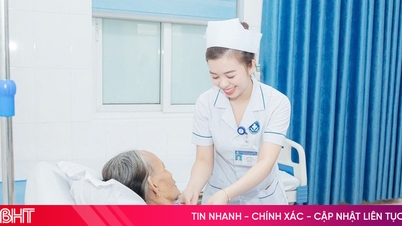

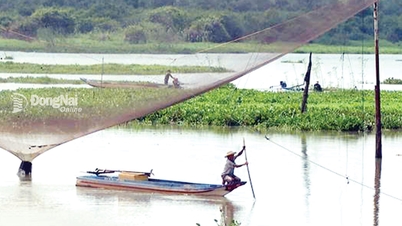

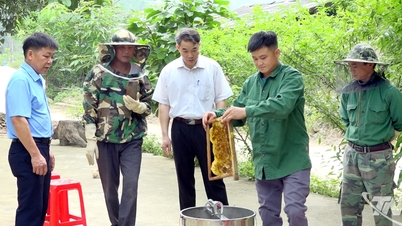

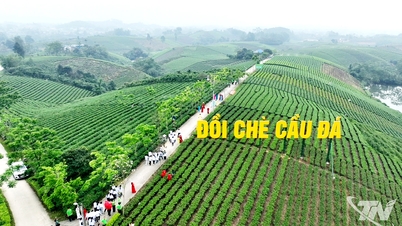







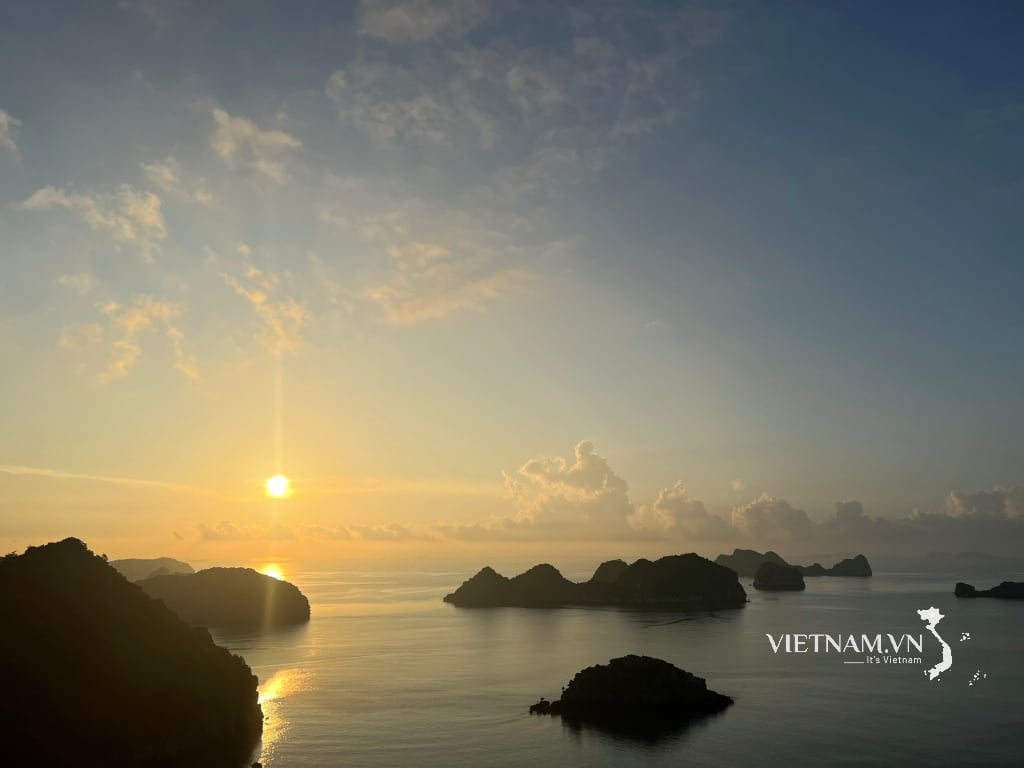

Comment (0)